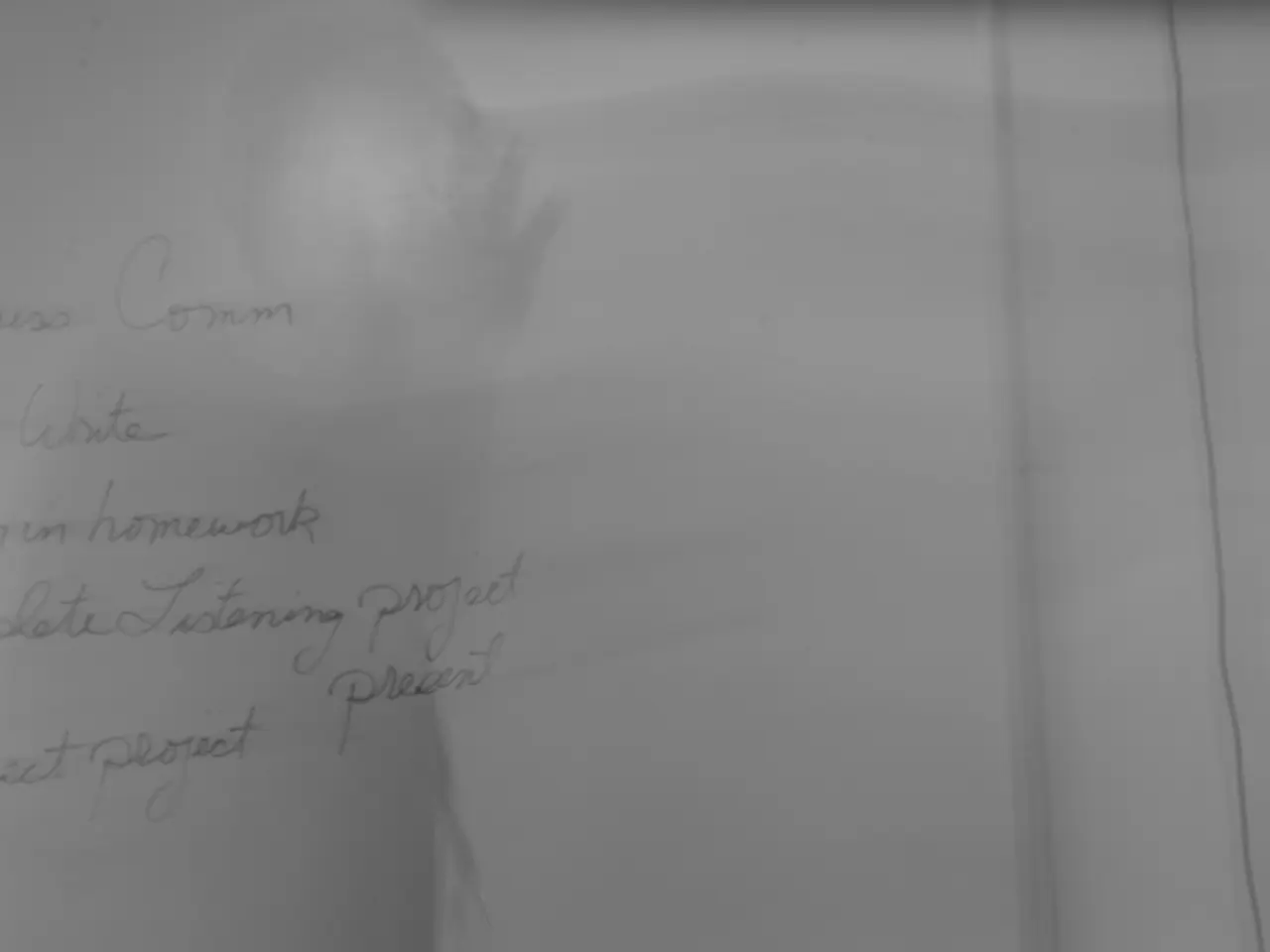Unraveling the Function of the World Intellectual Property Organization
The World Intellectual Property Organization (WIPO) is a global body that plays a crucial role in shaping patent law. Established in 1967, WIPO's primary function is to foster international cooperation in patent law, enhancing global trade and innovation.
WIPO's initiatives aim to standardize patent laws and procedures through international dialogues and committees, harmonizing practices across jurisdictions. This harmonization reduces complexities and legal uncertainties for international patent protection, fostering a more efficient and predictable global intellectual property system.
One of WIPO's key contributions is the administration of treaties like the Patent Cooperation Treaty (PCT). The PCT simplifies multinational patent filings, offering a streamlined patent application process across multiple countries.
Regarding equitable access to patented technologies, WIPO's harmonization efforts intersect with global intellectual property agreements like the WTO’s TRIPS Agreement. This agreement establishes minimum patent protection standards but also incorporates "flexibilities" to support public health and development concerns, especially in developing countries. This balance reflects WIPO's role in promoting strong IP protection while recognizing diverse development levels and the need for access to technology.
In addition to fostering uniform patent laws, WIPO encourages licensing and technology transfer mechanisms to enhance equitable access. Such frameworks help patent holders license technologies globally in ways that consider local needs, costs, and enforcement realities, thereby facilitating wider dissemination and use of innovations.
WIPO's initiatives also extend to combating counterfeit goods through anti-counterfeiting measures and international cooperation. The organization conducts training sessions and workshops for law enforcement officials, customs authorities, and businesses to educate them about anti-counterfeiting practices.
Future trends for WIPO in patent law include an increased emphasis on digital technologies, enhancing cooperation between member states to streamline patent sharing, revised guidelines for patent regulations regarding access to medicines and public health, and a focus on environmental sustainability in patent laws.
In summary, WIPO's role includes standardizing patent laws and procedures, administering treaties like the PCT, supporting global legal frameworks with built-in flexibilities, promoting licensing and cooperation, and combating counterfeit goods. This combined approach advances a more predictable patent environment for innovators while addressing equitable access concerns among member states. The World Intellectual Property Organization remains instrumental in shaping patent law, driving harmonization efforts, and improving legal frameworks worldwide, thereby fostering innovation and economic growth.
[1] World Intellectual Property Organization. (n.d.). Patents. Retrieved from https://www.wipo.int/patents/en/ [2] World Trade Organization. (n.d.). TRIPS Agreement. Retrieved from https://www.wto.org/english/tratop_e/trips_e/t_agm0_e.htm [3] World Intellectual Property Organization. (n.d.). Patent Cooperation Treaty (PCT). Retrieved from https://www.wipo.int/pct/en/ [5] World Intellectual Property Organization. (n.d.). Technology Transfer. Retrieved from https://www.wipo.int/technology-transfer/en/
- The World Trade Organization's TRIPS Agreement, harmony with which WIPO's harmonization efforts aim to support, integrates "flexibilities" to facilitate access to patented technologies in developing countries, fostering intellectual property financing and technology education-and-self-development in those regions.
- In the realm of general news, the World Intellectual Property Organization's ongoing initiatives span the administration of patent treaties like the PCT, the promotion of licensing and technology transfer mechanisms, and the combating of counterfeit goods, all of which influence global technology and finance by impacting the efficiency and predictability of the intellectual property system.




